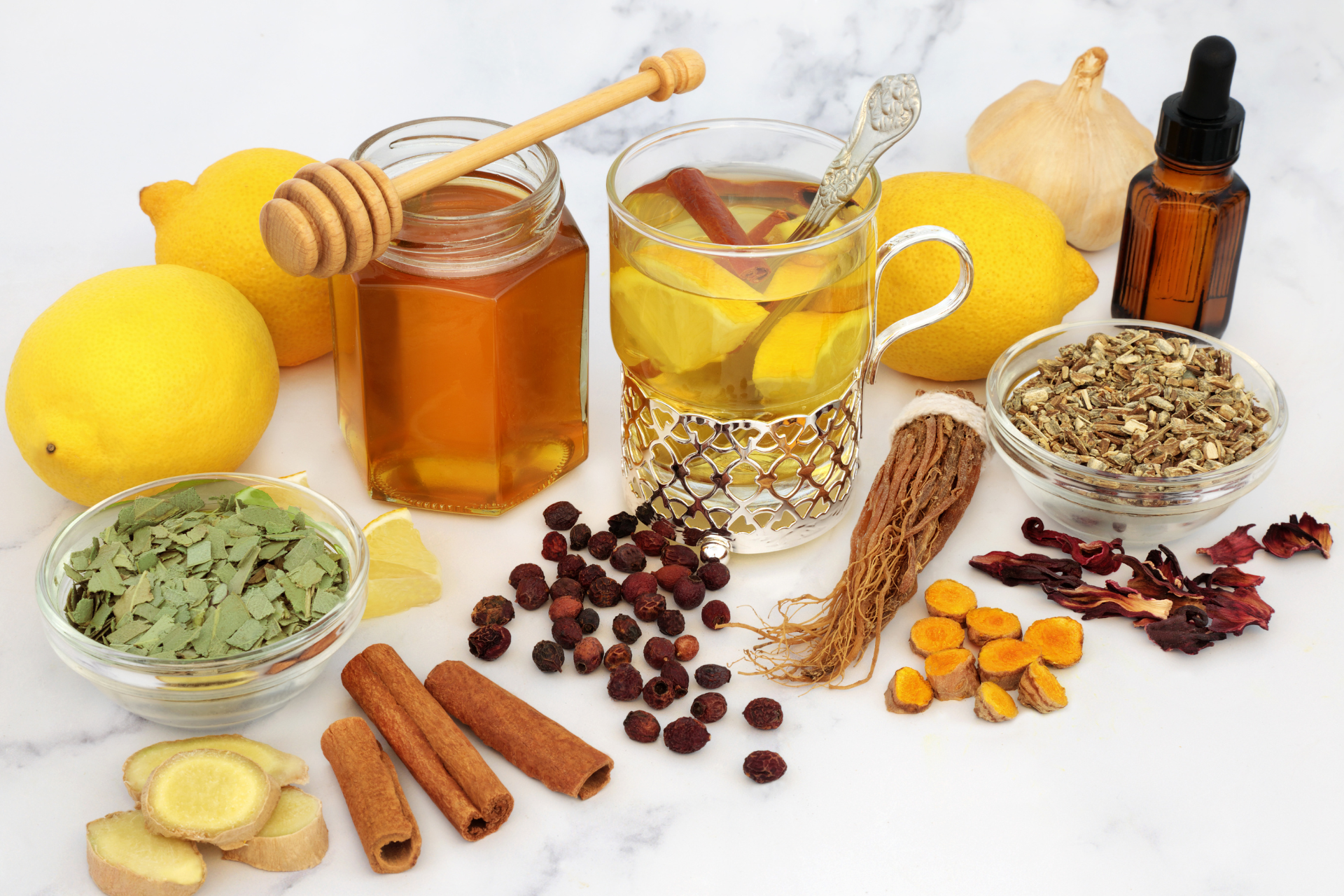Effective Home Remedies for Common Colds and Coughs

Common colds and coughs are often considered a minor inconvenience, but they can disrupt our daily lives and leave us feeling miserable. While over-the-counter medications can provide relief, natural home remedies have been used for generations to help alleviate symptoms and boost the body's immune system. Fall Creek Skin and Health Clinic believes in promoting holistic approaches to health, which is why we've compiled a list of effective home remedies for common colds and coughs that you can easily try at home.
1. Honey and Lemon
One of the most well-known remedies for soothing a sore throat and calming a cough is a mixture of honey and lemon. Honey has antimicrobial properties that can help fight infection, while lemon provides a dose of vitamin C to boost your immune system. Mix a teaspoon of honey with the juice of half a lemon in a cup of warm water and sip throughout the day for relief.
2. Ginger Tea
Ginger is a powerful anti-inflammatory and antioxidant that can help relieve congestion and soothe a scratchy throat. Simply steep a few slices of fresh ginger in hot water and add honey and lemon for extra benefits. Drink this tea several times a day to ease cold symptoms.
3. Steam Inhalation
Inhaling steam can help clear out nasal congestion and ease breathing. Boil a pot of water and add a few drops of essential oils like eucalyptus or peppermint. Cover your head with a towel, lean over the pot, and breathe in the steam for 5-10 minutes. Be cautious to avoid burns from the hot water.
4. Chicken Soup
Grandma was right – chicken soup is not only comforting but also can help relieve cold symptoms. The hot liquid can help clear nasal passages, and the ingredients in the soup like vegetables and chicken provide essential nutrients to support your immune system.
5. Salt Water Gargle
Gargling with salt water can help reduce inflammation in the throat and loosen mucus. Mix a teaspoon of salt in a glass of warm water and gargle for 30 seconds before spitting it out. Repeat several times a day for relief.
6. Turmeric Milk
Turmeric contains curcumin, a compound with anti-inflammatory and antioxidant properties. Mix a teaspoon of turmeric powder in a glass of warm milk and add a pinch of black pepper for better absorption. Drink this golden milk before bed to help soothe a cough and improve sleep quality.
7. Probiotics
Supporting your gut health can also boost your immune system. Probiotic-rich foods like yogurt, kefir, or kombucha can help balance your gut microbiota and strengthen your body's defenses against infections.
Remember, while these home remedies can provide relief for mild cold and cough symptoms, it's essential to consult with a healthcare provider, especially if your symptoms persist or worsen. Fall Creek Skin and Health Clinic is here to provide comprehensive care for all your health needs, from skin-related issues to general wellness. Be sure to visit our clinic for personalized treatment recommendations and expert care.
Stay healthy and practice self-care, especially during cold and flu season, with these natural home remedies. Embrace the healing power of nature and give your body the support it needs to recover and thrive.




